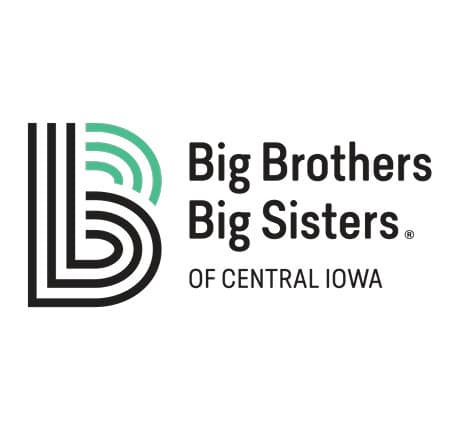New American Economy report details immigrant growth in metro areas

BUSINESS RECORD STAFF Jun 28, 2021 | 7:49 pm
2 min read time
387 wordsAll Latest News, Economic DevelopmentMore than half of the largest U.S. metro areas — 55 metros — experienced increases in their immigrant populations between 2018 and 2019, according to an analysis released last week by New American Economy, an immigration advocacy group.
The analysis of American Community Survey data from the U.S. Census also found the vast majority of immigrants live in America’s largest cities and suburban areas. In 2019, almost 38.2 million immigrants, or 85% of all immigrants in the United States, lived in one of the 100 largest metro areas, in comparison with just two-thirds of the total U.S. population.
Immigrants were responsible for more than half of all growth in 19 metro areas, including some of the largest metro areas in the country like Dallas, Las Vegas and Raleigh, N.C., the organization found. New American Economy advocates for pro-immigration policies, pointing to immigrants’ collective economic spending power and tax revenues that they pay. Iowa’s 176,000 immigrant residents paid $1.6 billion in taxes in 2019, for instance.
According to an interactive map updated by New American Economy with 2019 ACS data, the Des Moines metro area was home to 53,734 immigrants in 2019, the latest data year available. As a slice of the total population, immigrants accounted for 7.9% of the metro population. And statewide, nearly 1 out of every 3 of Iowa’s 176,006 immigrant residents lives in Greater Des Moines.
A separate study, “The Emergence of the Global Heartland,” released in late May by Heartland Forward, an Arkansas-based think tank focused on immigration in the Midwest, found that Des Moines’ immigrant population was among the fastest-growing in the country over the past decade. Between 2010 and 2019, the number of foreign-born residents living in Greater Des Moines increased from about 40,000 to 60,000 people, one of the highest 10-year growth rates in the country.
That study’s authors concluded that half of the U.S. cities with the greatest foreign-born population growth were located in the Midwest, and that the immigrant influx represents an opportunity for the region to address its slow growth and worker shortages.
The New American Economy study found that San Jose, Calif., the financial and cultural hub of Silicon Valley, saw the largest year-over-year increase in the share of its foreign-born population, with an increase from immigrants making up 38.4% of the metro’s population to 40.1%.









